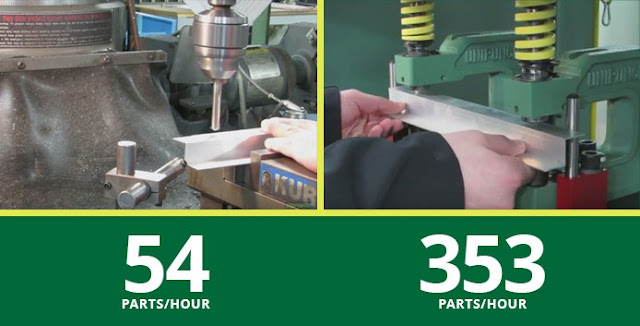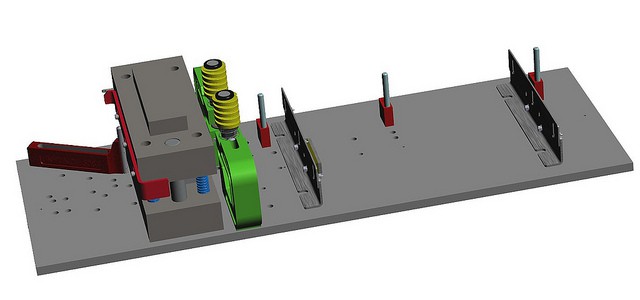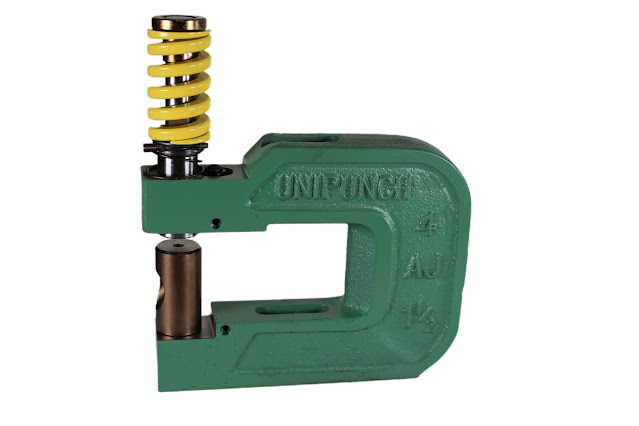Different types of Punch & Die Centre and their uses
Punches of various varieties are commonly used in mechanical engineering workplaces. Center punch, prick punch, pin punch, and drift punch are a few of the most common varieties. Punches are used in workshops to locate centre points for drawing circles, punch holes in sheet metals, start holes for drilling, remove broken rivets, bolts, or pins, and transfer hole position in patterns.
Punches are usually classified by the form of their tips. Different types of punches are frequently used in workshops to maximize their respective capabilities and purposes. Here are some sorts of punch & Die Centre and their intended usage if you're seeking a certain type of punch for your task.
Centre Punch
While a prick punch can provide suitable reference markings for metals, greater indentations are required for some metalworks. It can produce indentations and reference markings in metal large enough for drilling activities using a centre punch. The point of a centre punch is ground at a 60o angle, making it heavier than a prick punch. Only use caution while hitting with a centre punch, as too much power might result in unwanted protrusion and dimples around the marks.
Prick Punch
Prick punches are perhaps the most commonly utilized punches nowadays. This punch is used by professionals to transfer dimensions from a paper template to metal and utilize them as reference marks for cutting and manufacturing. The most common method for transferring measurements is to place the paper template directly on the metal and correctly position it. The design from the paper is now drawn on the metal by softly pressing the punch with a tiny hammer, leaving little indentations.
Drive Punch
A drive punch can be used to extract broken rivets, bolts, and pins that have been stuck in holes. A drive punch often has a flat face rather than sharp ends. This punch's kind is determined by the breadth of the punch's face. While the sides of this punch taper down to the face, you may need to use a punch with a straight shank in some instances. A pin or drift punch has a straight shank and is more often called as such.
Round-Shaped Dies
Round shape die sets make it easier to make round-shaped tablets. Pharmaceutical and veterinary industries typically employ round punch dies and sets. These punch die sets come in a variety of sizes, concavity, and flat break lines, as well as plain and engraved break lines.
Simple Die
The simple die, also known as a one-operation die, is a shaping tool that performs only one action every press slide stroke. This sort of die is frequently utilised in the workplace for minor jobs. It may, for example, be beneficial in the production of basic metal parts.
Conclusion:
The form of a punch's tip is
frequently used to classify it. For a long time,
diverse industries have relied on various sorts of punches to do their tasks. A
strong metal rod with a pointed tip on one end and a blunted end on the other
is used to make punches. To cut and shape blocks of materials, they are
frequently used in combination with other instruments like as a hammer and
chisel. Drilling, drawing circles, punching holes, removing broken rivets,
bolts, or pins, and shifting the placement of holes in patterns are all
possible uses for this instrument.




Comments
Post a Comment